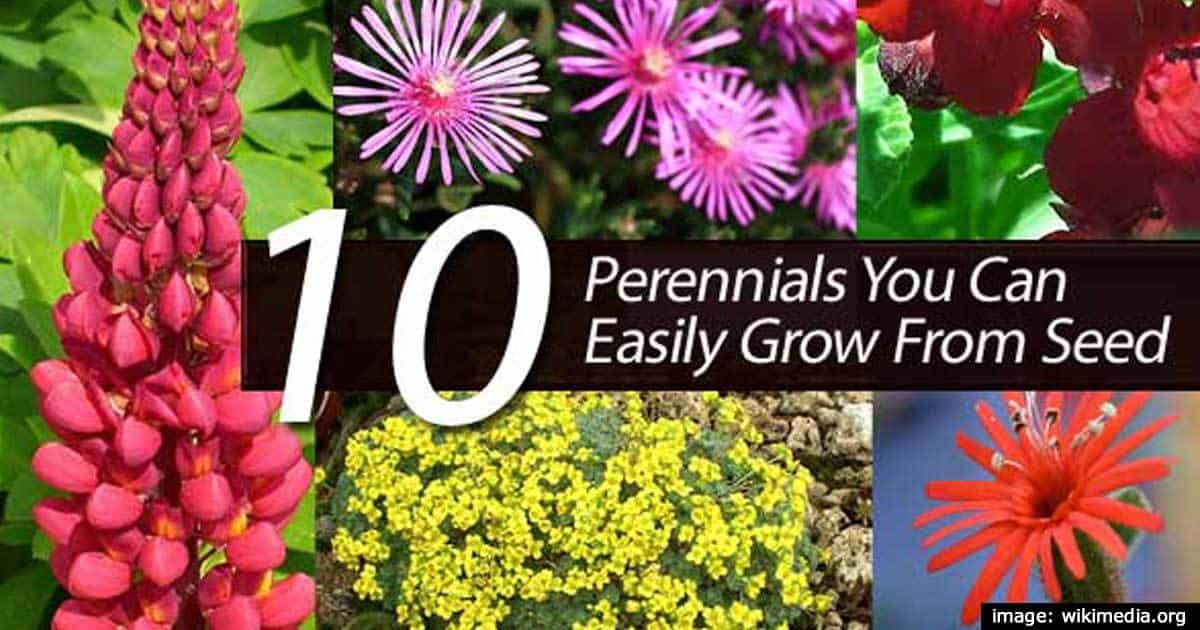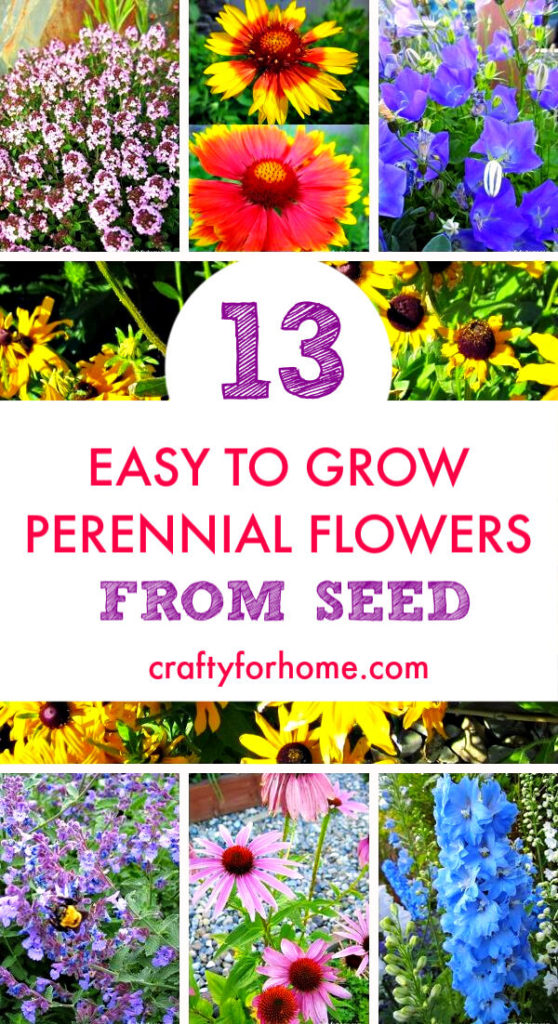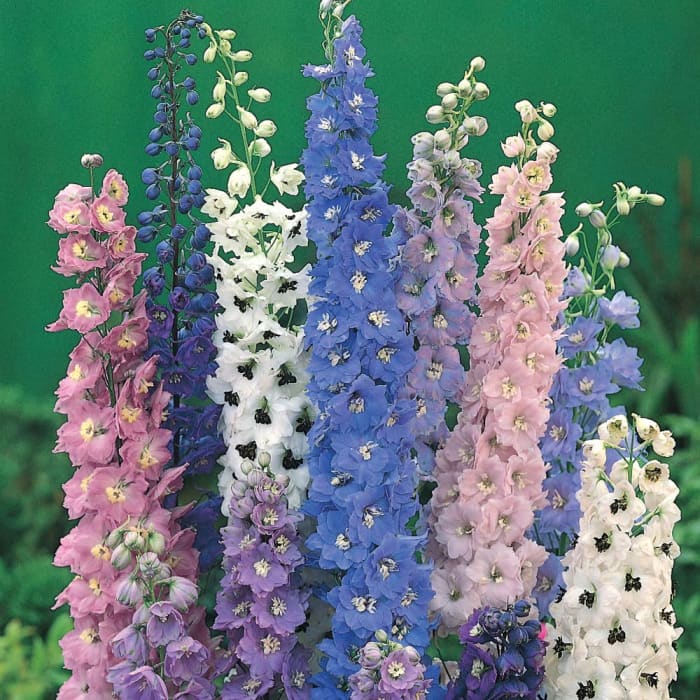Unlocking the Secrets of Perennial Flower Seeds
Growing perennial flowers from seeds can be a rewarding and cost-effective way to add beauty and vibrancy to your garden. By understanding the specific needs of perennial flower seeds, you can unlock the secrets to successfully cultivating these stunning blooms. One of the primary benefits of growing perennial flowers from seeds is the vast array of varieties available. With seeds, you can choose from a diverse range of species, including rare and exotic types that may not be readily available as established plants. Additionally, growing perennial flowers from seeds allows you to control the growing conditions, ensuring that your plants are healthy and thriving from the start. Furthermore, this method is environmentally sustainable, reducing the carbon footprint associated with transporting and packaging established plants. To get started, it’s essential to understand the unique requirements of perennial flower seeds, including their germination rates, soil preferences, and light requirements. By doing so, you can set yourself up for success and enjoy the many rewards of learning how to grow perennial flowers from seeds.
Preparing the Soil for Perennial Flower Seeds
Before sowing perennial flower seeds, it’s essential to prepare the soil to ensure optimal germination and growth. Soil testing is a crucial step in determining the pH level and nutrient content of your soil. Most perennial flowers prefer a slightly acidic to neutral soil pH, ranging from 6.0 to 7.0. If your soil test reveals nutrient deficiencies, enrich the soil with organic matter such as compost or well-rotted manure. A well-draining seed starting mix is also vital for preventing waterlogged soil, which can lead to root rot and poor germination. To create a well-draining mix, combine peat moss, vermiculite, and perlite in equal proportions. This mix will provide the necessary aeration and moisture retention for your seeds to germinate and thrive. By taking the time to prepare your soil, you’ll be well on your way to successfully growing perennial flowers from seeds.
How to Sow Perennial Flower Seeds for Success
When it comes to sowing perennial flower seeds, attention to detail is crucial for optimal germination and growth. To get started, ensure you have the right tools, including a seed starting tray, a well-draining seed starting mix, and a watering can with a fine nozzle. Begin by filling the seed starting tray with the prepared mix, gently firming it to create a smooth surface. Next, sow the seeds at the correct depth, which varies depending on the species. As a general rule, sow seeds 1-2 times deeper than their diameter. For example, if the seed is 1/8 inch in diameter, sow it 1/4 inch deep. Space the seeds evenly, typically 1-2 inches apart, to allow for proper air circulation and growth. Water the seeds gently but thoroughly, making sure not to wash them away. To prevent overwatering, water only when the top inch of the soil feels dry to the touch. By following these steps, you’ll be well on your way to successfully growing perennial flowers from seeds. Remember, understanding the specific needs of perennial flower seeds is key to achieving optimal germination and growth, so be sure to research the unique requirements of each species you’re working with.
Providing the Right Conditions for Perennial Flower Seedlings
Once perennial flower seeds have germinated, it’s essential to provide the right conditions for seedlings to thrive. Light is a critical factor, and most perennial flower seedlings require bright, indirect light to promote healthy growth. Placing them near a south-facing window or under grow lights can provide the necessary illumination. Temperature is also crucial, with most seedlings preferring daytime temperatures between 65-75°F (18-24°C) and nighttime temperatures around 55-65°F (13-18°C). Humidity is another important consideration, as seedlings prefer a humid environment to prevent moisture stress. To achieve this, you can cover the seedlings with a clear plastic bag or a cloche. By providing the right conditions, you’ll be able to give your perennial flower seedlings the best possible start in life, setting them up for success as they grow and mature. Remember, understanding the specific needs of perennial flower seeds and seedlings is key to achieving optimal growth and development, so be sure to research the unique requirements of each species you’re working with. By following these guidelines and providing the right conditions, you’ll be well on your way to successfully growing perennial flowers from seeds.
Nurturing Perennial Flower Seedlings to Maturity
As perennial flower seedlings grow, they require ongoing care to reach their full potential. Fertilization is essential, and a balanced, water-soluble fertilizer can be applied at half strength every 1-2 weeks. Pruning is also crucial, as it encourages bushy growth and prevents legginess. Remove any weak or spindly growth, and trim back the seedlings to encourage branching. Pest management is another important consideration, as perennial flower seedlings can be susceptible to pests like aphids, whiteflies, and spider mites. Use organic pest control methods whenever possible, such as neem oil or insecticidal soap. When the seedlings have 2-3 sets of leaves, it’s time to transplant them to larger pots or directly into the garden. Harden off the seedlings by gradually exposing them to outdoor conditions over the course of 7-10 days. Then, plant them in well-draining soil with full sun to partial shade, depending on the species. By following these tips, you’ll be able to nurture your perennial flower seedlings to maturity, and enjoy the beautiful blooms that will follow. Remember, learning how to grow perennial flowers from seeds requires patience, dedication, and attention to detail, but the rewards are well worth the effort.
Common Challenges and Solutions in Growing Perennial Flowers from Seeds
While growing perennial flowers from seeds can be a rewarding experience, it’s not without its challenges. One common issue is poor germination, which can be caused by inadequate light, incorrect soil temperature, or insufficient moisture. To overcome this, ensure that the seeds are sown at the correct depth and spacing, and provide consistent moisture and optimal light conditions. Another challenge is pests and diseases, which can decimate a crop of seedlings. To prevent this, maintain good hygiene practices, such as sterilizing pots and utensils, and use organic pest control methods whenever possible. Additionally, be mindful of fungal diseases, which can be caused by overwatering, and take steps to prevent them, such as improving air circulation and reducing humidity. By being aware of these common challenges and taking steps to prevent them, you can increase your chances of success when learning how to grow perennial flowers from seeds. With patience, persistence, and the right techniques, you can overcome any obstacles and enjoy the beauty and bounty of your perennial flower garden.
Perennial Flower Varieties Perfect for Beginners
When it comes to growing perennial flowers from seeds, it’s essential to choose varieties that are easy to cultivate and require minimal maintenance. Coneflowers, black-eyed susans, and bee balm are popular perennial flower varieties that are perfect for beginners. These flowers are not only stunningly beautiful, but they’re also relatively low-maintenance and can thrive in a variety of conditions. Coneflowers, for example, are drought-tolerant and attract butterflies and hummingbirds, while black-eyed susans are easy to care for and produce bright, cheery blooms. Bee balm, on the other hand, is a favorite of pollinators and adds a pop of color to any garden. When learning how to grow perennial flowers from seeds, it’s essential to choose varieties that are suitable for your climate and soil type. By selecting the right varieties, you can ensure a successful harvest and enjoy the beauty and benefits of your perennial flower garden. With these beginner-friendly varieties, you can start growing your own perennial flowers from seeds and enjoy the rewards of your hard work.
Conclusion: Enjoying the Fruits of Your Labor
By following the guidelines outlined in this article, you’ll be well on your way to successfully growing perennial flowers from seeds. Remember to choose the right varieties, prepare the soil, sow seeds correctly, provide optimal conditions, and nurture seedlings to maturity. With patience and dedication, you’ll be rewarded with a stunning and thriving garden that will bring joy and beauty to your outdoor space. Learning how to grow perennial flowers from seeds requires attention to detail and a willingness to learn, but the results are well worth the effort. By mastering the art of growing perennial flowers from seeds, you’ll not only save money and reduce your environmental impact, but you’ll also experience the satisfaction of watching your hard work bloom into beautiful, vibrant flowers. So why not get started today and discover the joys of growing perennial flowers from seeds?








